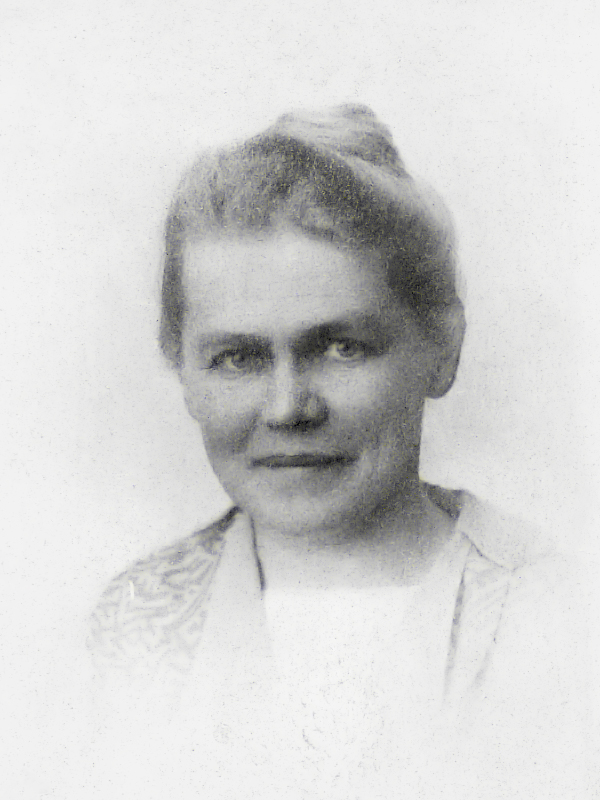
July 22 is the 60th anniversary of the death of Bodil Biørn, a Norwegian missionary who helped Armenians during three decades in three different countries. There is a commemorative plaque for her at Tsitsernakaberd in Yerevan, but she is less well known among Armenians than her male compatriot Fridtjof Nansen.
Nansen has been hailed as a hero by Armenians for his work in favor of Armenian refugees after the Genocide, helping 300,000 stateless Armenians with so-called Nansen passports. When Nansen visited Soviet Armenia in 1925, he was warmly received by cheering Armenians and granted an honorary doctorate by Yerevan State University. The same year another Norwegian in Soviet Armenia, Bodil Biørn, was expelled from the country.
Biørn was born in 1871 in the small town of Kragerø in the south of Norway. She came from a very rich family and could have led an easy and comfortable life. Instead she became a nurse and a midwife and travelled to a far-away country where she experienced extreme hardships. In 1905 she was sent by the Scandinavian Women Missionary Workers as a missionary nurse to Western Armenia, known among the missionaries as the “country of blood and tears.”
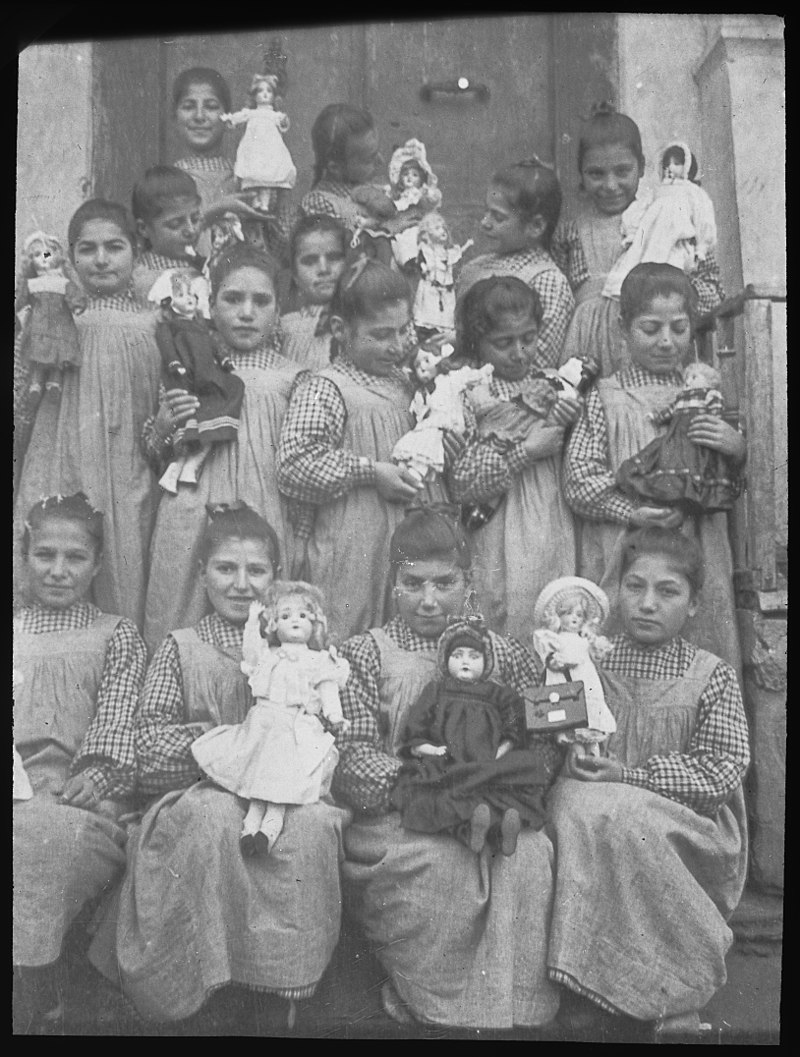
After two years in Mezereh, Biørn moved to Mush, where she worked in a polyclinic, an orphanage and a school. In 1915 she witnessed how the Armenians of Mush were deported and massacred. The children from the orphanage were locked in a barn which then was set on fire. She returned to Norway in 1917 together with a small Armenian boy whom she had adopted. She named him Fridtjof after Nansen.
In 1922 Biørn was back in the region, this time working among Armenian refugees in Constantinople. One year later she moved again, to Soviet Armenia where she was in charge of the Lusayghpur orphanage in Alexandropol (today’s Gyumri), where the 33 boys under her care called her “Mother Katharine” (her second name). In 1925 she was expelled from the country by the Bolsheviks, who disliked Westerners in general and Christian missionaries and aid-workers in particular.
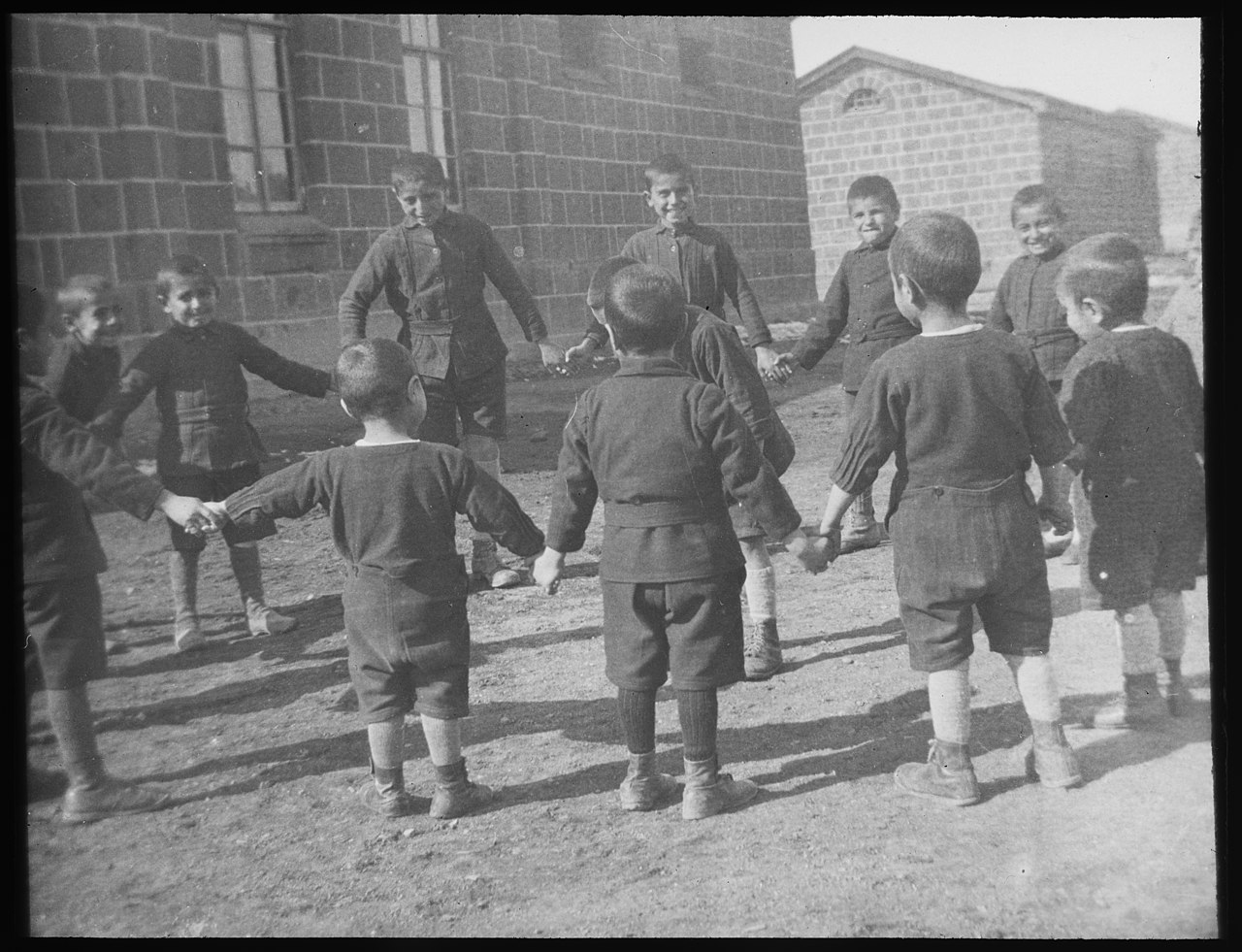
This did not stop her from continuing her work for Armenians. In 1927 she moved to Aleppo where for seven years she did what she had done in several other places: cared for Armenian women and children. In 1934 she retired and returned to Norway. Until her death in 1960 she continued to bear witness concerning the injustices done to the Armenian people. During all the years she worked among Armenians she had her camera with her. Her photos constitute an important documentation of life before, during and after the genocide.
Her legacy continues 60 years after her death.
The house where Biørn was born is today the town hall of Kragerø. In front of it there is a commemorative stone that says that this house was once home to “a great Norwegian philanthropist” who “devoted her life to helping Armenian expatriates and orphans, survivors of the Armenian genocide.” The stone was unveiled in 2004 in the presence of the Armenian ambassador and representatives of the Armenian community in Aleppo.
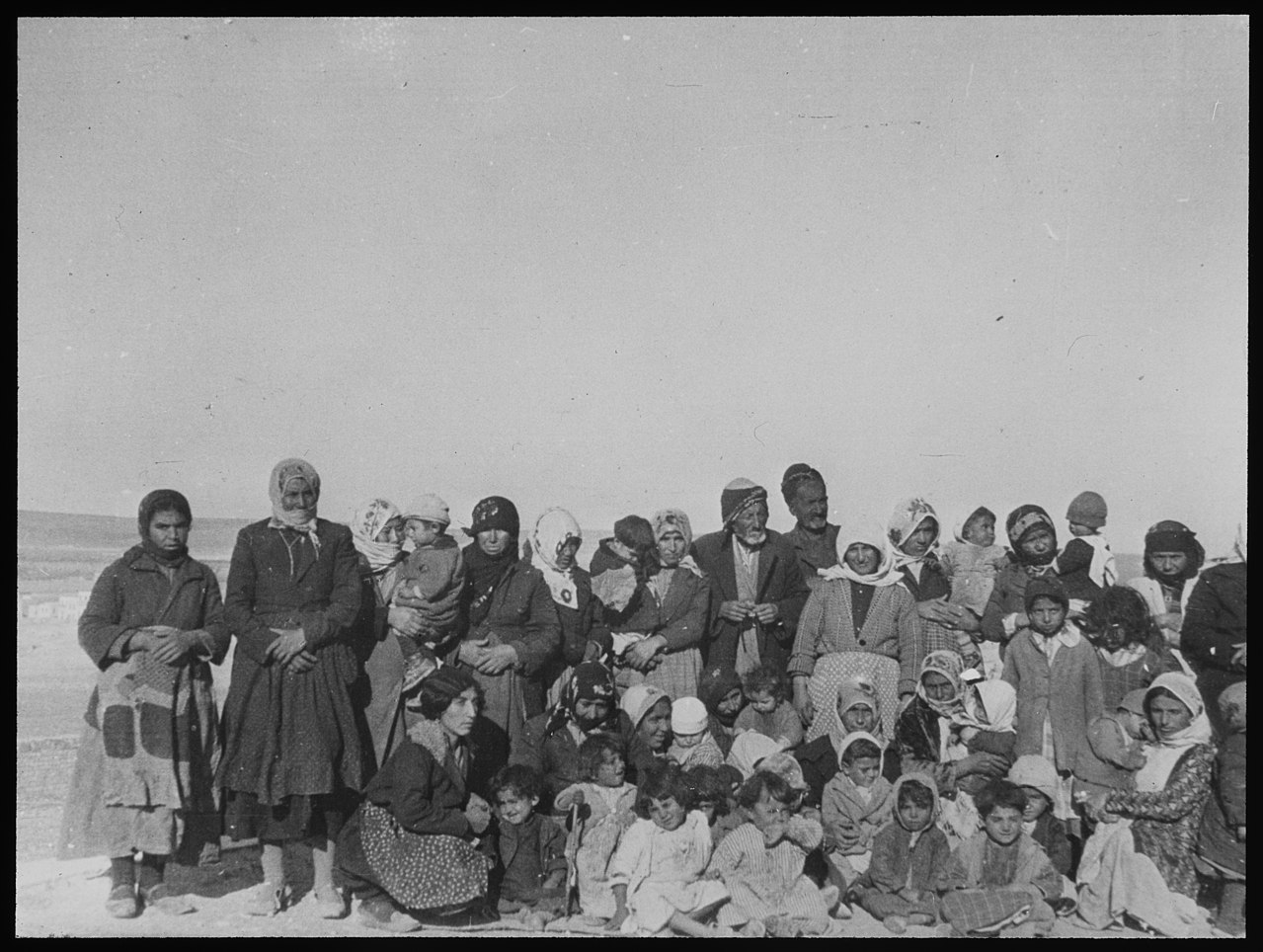
The town of Kragerø has not only cherished the memory of Bodil Biørn, but also established close contacts with the Republic of Armenia. Every year a delegation from the town visits Armenia and lays a wreath at Tsitsernakaberd on April 24. Different exchanges have also brought people together from Kragerø and Armenia. In April 2018 the town council made two decisions: to recognize the Armenian Genocide (something the parliament and government of Norway have not done) and to establish formal friendly relations with the city of Gyumri.
The woman who spent her early years in the building that is now the town hall of Kragerø would surely feel proud.
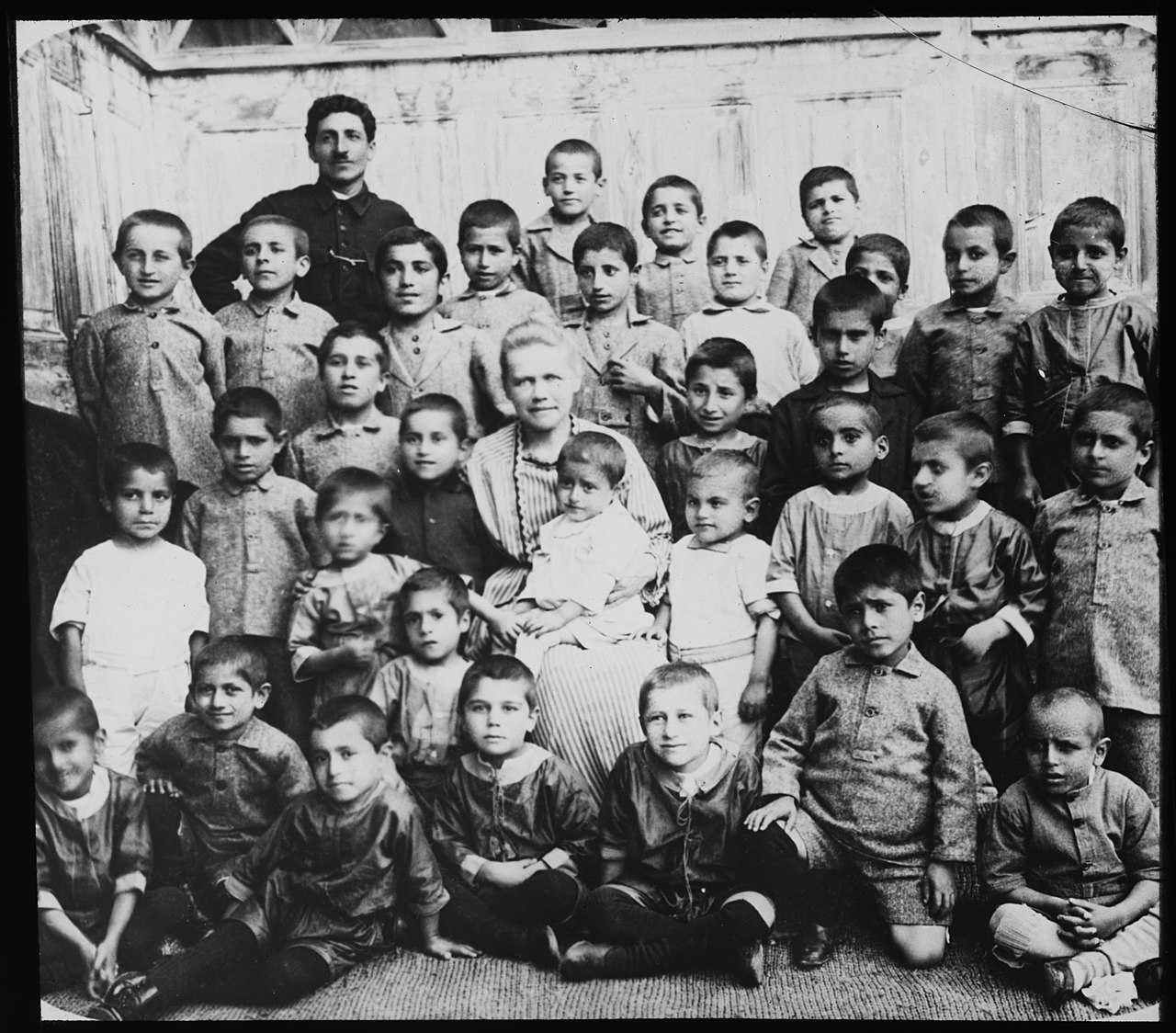



Fantastic to learn about her and all the wonderful things she did for the Armenian Christians. We are forever grateful. I am sure she is in heaven now celebrating with Jesus.
Well done thy……
Dear Dr Lundgren:
Thank you very much for this article.
We know her very well. She was known to Armenians as “Mother Katharine”.
She was a hero to us. We cover her work in our Twitter account dedicated to “Armenian Genocide” and “all those who saved our women and children”.
We try to introduce her to the general public.
For sure she is top of the list of those who saved our women and children. We will never forget her work and dedication.
…..Thank you “Mother Katharine”
…..Thank you Dr Lundgren
Gevorg jan,
Shnorhakalutyun.
Where can I find info about the survivors of the village of Mush day-school? Please, DO NOT use my name or e-mail except in your reply.